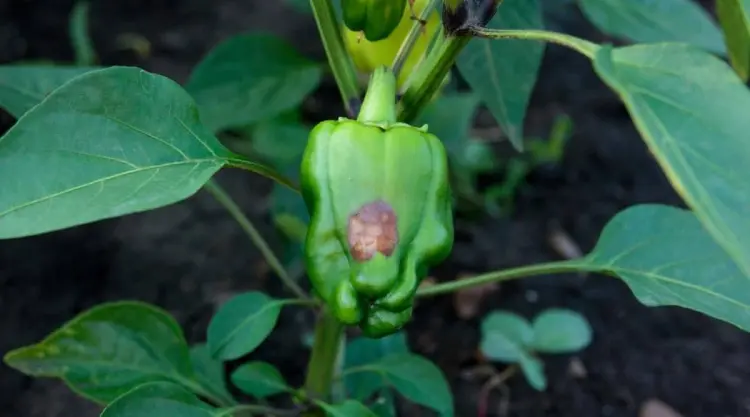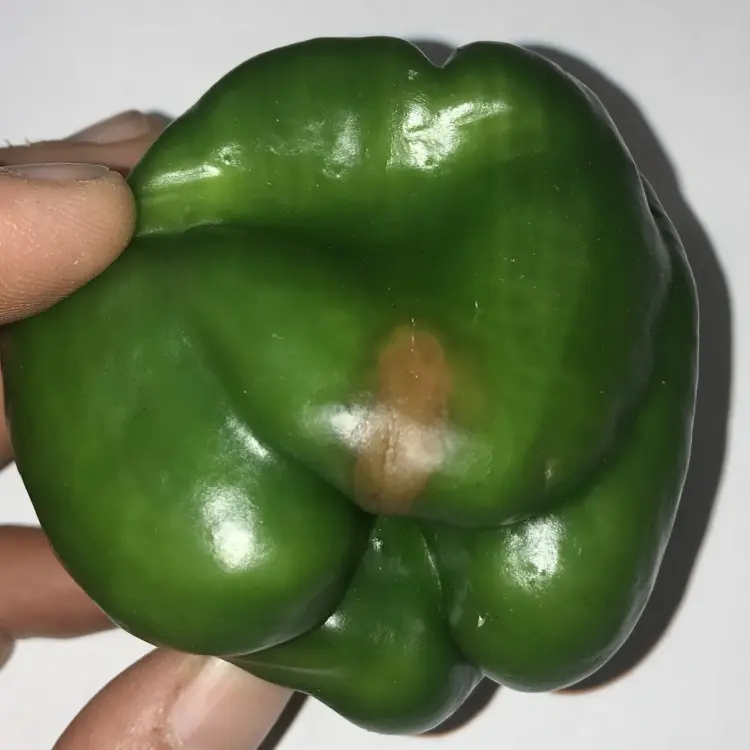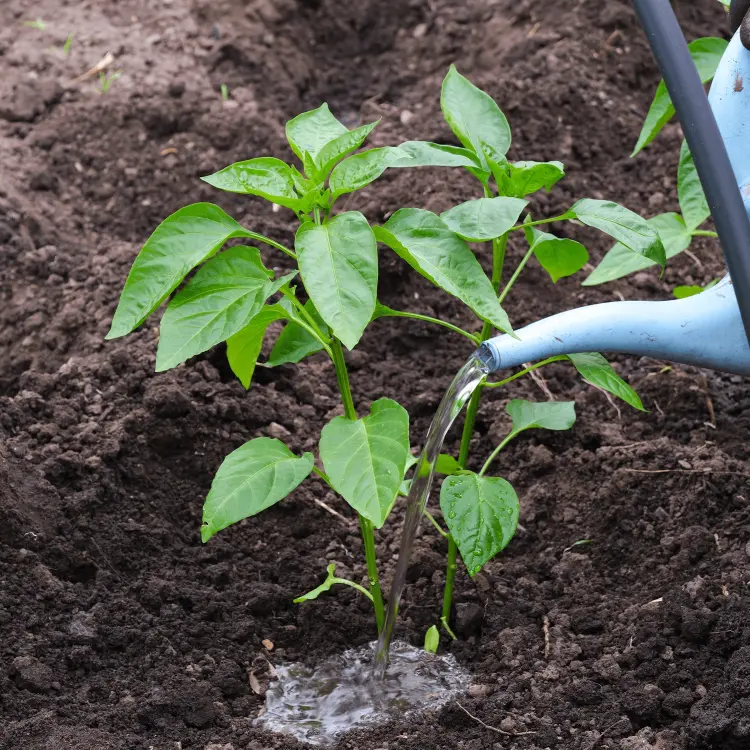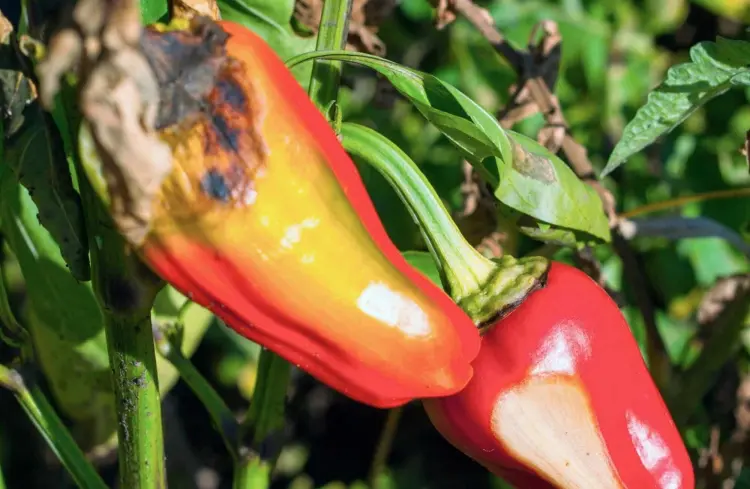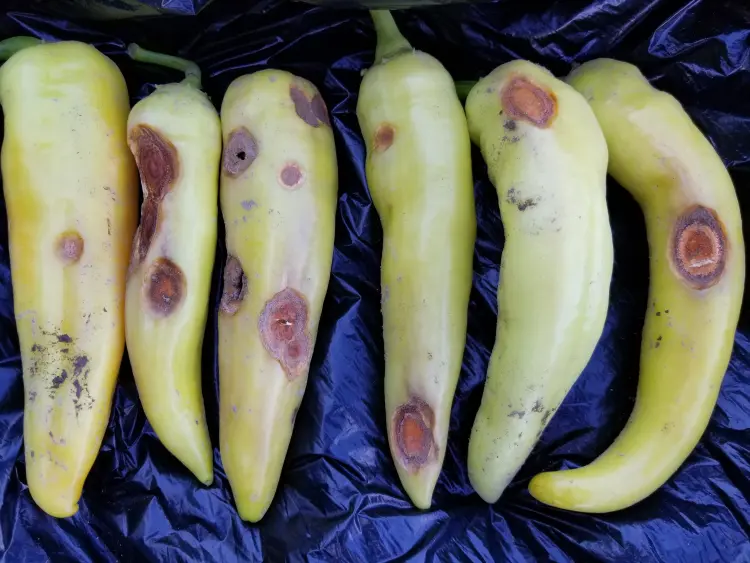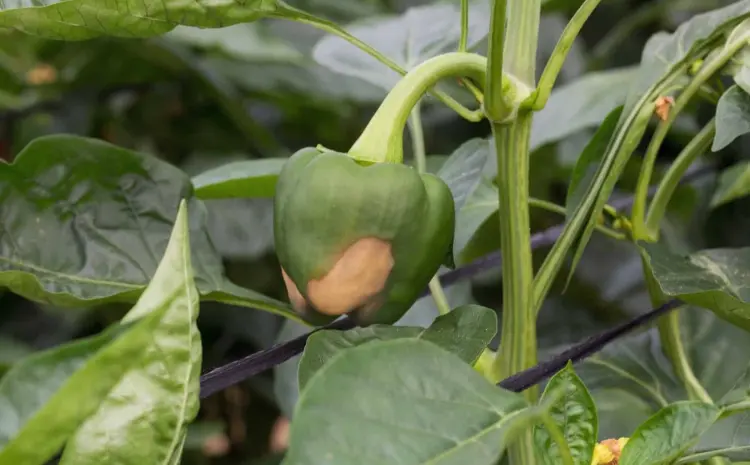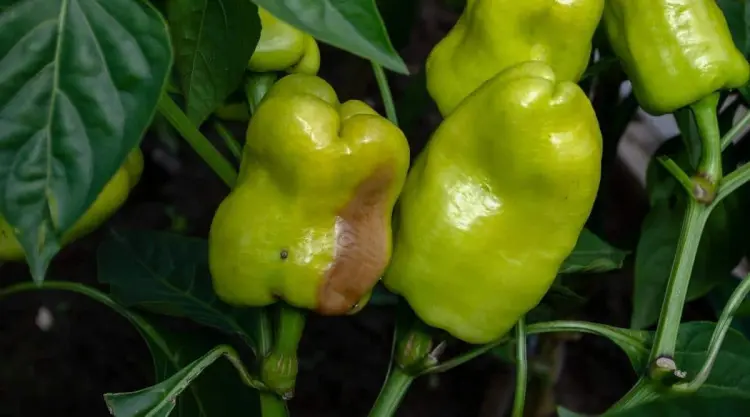Bell peppers are fairly easy to grow and maintain, but can also sometimes suffer certain health issues, including brown or black spots on the fruit. Do you know why peppers have brown or black spots? What to do? What are the most likely reasons for their appearance and how to treat them? What are pepper diseases? Find out how to take good care of these plants to have a healthy harvest!
Why Peppers Have Brown or Black Spots?
Peppers are a plant that is part of the vegetable plots of many enthusiastic gardeners, including mine. They are relatively simple to grow and maintain and their fruits are really delicious and full of vitamins. But as with all plants, you can also encounter certain problems when growing them. Brown or black spots are for example among the most common problems of these plants. So why do peppers have brown or black spots? There could actually be several possible reasons. Find out what these reasons could be and how to treat them!
Why Peppers Have Brown or Black Spots? It Could Be Blossom End Rot!
If peppers have brown or black spots, blossom end rot is often the problem. Symptoms of this disease include brown or black spots at the tip of the fruit in the form of yellowish rings that turn brown over time. Bell pepper blossom end rot is generally as a result of calcium deficiency.
How to treat blossom end rot in peppers? Calcium deficiency is caused either by a lack of water, insufficient watering, or by lack of calcium in the soil. To treat this disease, we recommend using a calcium-rich fertilizer and trying to water your plants well in the garden.
- To ensure enough calcium for your plants, you can use a water-soluble fertilizer rich in calcium nitrate to spray the plants or pour it onto the soil in your garden. For two weeks, repeat the treatment every 5 days to achieve the desired result.
- How to prepare a fertilizer rich in calcium from eggshells? Eggshells are also a great alternative to chemical fertilizers for treating brown spots on peppers. Use them to make a homemade soluble fertilizer by adding a little vinegar to powdered eggshells. The white vinegar added should be equal to the amount of powder used. Mix the two ingredients well and let sit for an hour. Then use 4 tablespoons per approximately 1 gallon/4 liters of water and spray the plants.
- Can you use milk to treat calcium deficiency in peppers? Yes, milk in any form can be diluted in water and poured onto the soil to increase the calcium content.
- It is also very important to try to maintain good soil moisture during the period when the plants bear fruit. This will also help with the problem of calcium deficiency. Lack of water can result in peppers suffering from blossom end rot.
Improper Watering Can Cause Brown or Black Spots to Appear on Peppers
Why peppers have brown or black spots? Do you know how to properly water these plants? Peppers like humidity and need to be watered regularly and constantly, avoiding giving them too much water all at once.
On the other hand, excess water can also be a problem and even cause blossom end rot. Allow the soil to dry out between waterings and use mulch to maintain consistent soil moisture.
Brown Spots on Peppers: The Sun Exposure Could Be the Problem
Where did you plant your plants? Peppers have brown or black spots, possibly from excessive sun exposure! Symptoms of pepper sunburn include brown and black spots that initially appear as white lesions on young fruits and leaves. Later, the spots begin to rot.
How to avoid sunburn? Young leaves and fruits do not tolerate full sun nor do mature plants. It is therefore advisable to place young plants in a spot with less sun or to provide them with some shade during the day. Also, avoid over-trimming bell pepper leaves: they protect the plants from burning. The best location for young peppers is east or west facing.
Bell Pepper Anthracnose: What Is It and How to Treat This Disease?
Among bell pepper diseases, anthracnose is the one that can cause brown or black spots on the fruit. It is a fungal disease that can appear at any stage of the plant’s development. What are its symptoms? This fungal disease often appears on the fruit of bell pepper plants as water-soaked lesions, orange or brown in the center and lighter towards the outside that turn black over time.
How to treat bell pepper anthracnose? This disease is very destructive to peppers and infected plant parts should be removed and discarded or burned. Avoid adding infected parts to compost, as this will help the disease to spread in your garden. You can also use an organic fungicide spray daily to prevent disease. Crop rotation could also help a lot to avoid pepper anthracnose: it is recommended that you do not plant peppers in the same place in your garden for more than 3 years in a row, but changing their location every year is generally the best solution.
Using Too Much Fertilizer Can Lead to Brown Spots
Still haven’t found the answer to the question why peppers have brown or black spots? Using too much fertilizer could be the reason! We sometimes tend to use too much fertilizer on the plants trying to do the right thing. Unfortunately, over-fertilizing is never a good thing for pepper plants. As a result, the soil absorbs too much nitrogen and potassium, which interferes the absorption of calcium. As a result, brown spots appear on the peppers.
How to fertilize peppers properly? Specialists recommend opting for a fertilizer that contains little nitrogen, potassium and ammonia. Products with a lot of ammonia should be avoided at all costs. Fertilize your plants once a month with a fertilizer preferably rich in calcium.
Bacterial Leaf Spot on Pepper
Bacterial spot is another reason for the appearance of brown spots on peppers. Unfortunately, it is a severe disease caused by a bacterium that lives in conditions of heat and humidity (e.g. very high temperatures followed by long periods of rain). It can completely ruin the harvest since diseased plants cannot be saved. Bacterial leaf spot appears as water-soaked lesions that first appear on the leaves below the plant. Spots and cracks then appear on the fruits. If the cracks on the peppers are ever opened, this creates favorable conditions for further infections of the plant.
How to treat bacterial leaf spot on peppers? This fungal disease is not easy to treat, and diseased plants, unfortunately, cannot be saved. If you notice diseased plants, you should remove them right away and dispose of them or burn them to prevent the spread of disease.
- If the plants are already infected, water them from below. Watering the top of the plant could help spread the disease to other plants through the water droplets.
- Applying a fungicide spray with a concentration above 8% copper may help control the spread of the disease-causing bacteria. It is recommended to reapply the spray every two weeks.
- To prevent the appearance of the bacterial leaf spot, it is important to create a hostile environment for the bacteria. There are pepper varieties resistant to this disease that you can plant in your garden to minimize the possibility of its appearance.
Also read: The Hidden Benefits of Epsom Salt for Plants: A Comprehensive Guide + DIY Fertilizer Recipe

